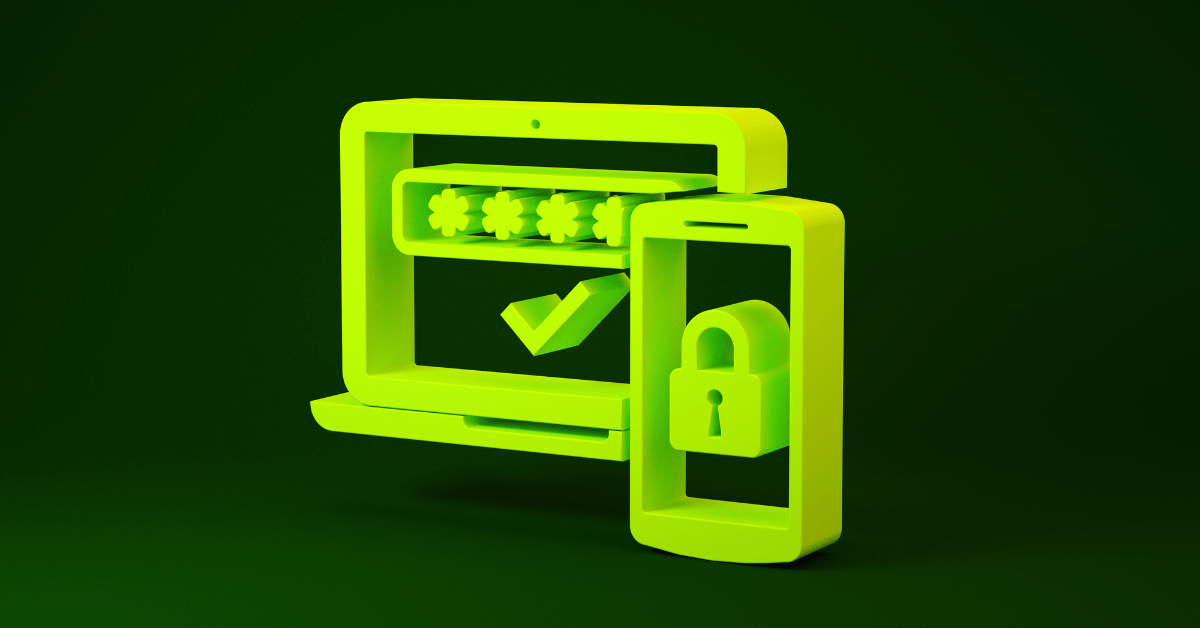How Organizations Can Properly Secure Network Access for Remote Workforces

IT security policies have traditionally been perimeter-based, primarily concerned with the network activity within their own office and corporate network. While remote work certainly existed before, it has now become a standard – even an expectation among employees – no matter the industry or job function.
This rapid expansion of remote workforces has created significant operational and cultural changes for companies worldwide – particularly when it comes to IT and securing corporate digital eco-systems. Many organizations were not fully prepared for such an immense transition of expanding corporate edges and countless new endpoints.
With so many workers now scattered beyond the walls of their physical offices, this has created a considerable challenge for IT departments that find themselves struggling to monitor and gauge the real security posture of their networks, and the endpoints in use across them. The weakest link is no longer in the cubicle next to you – it can be halfway around the world in the home office of an employee using a VPN on a compromised laptop.
Secure Network Access for Remote Workers: Challenges Today
There are numerous potential risks for companies when it comes to enabling secure network access for remote workforces:
- Limited Network & Endpoint Visibility: Remote work environments can make it considerably more difficult for an organization to maintain visibility and control over the data security of its employees. A lack of visibility inhibits IT and security teams from achieving operational and security objectives, while putting the business at increased risk.
- Increased BYOD Use: An increasing number of employees these days use personal devices to access company networks. This is especially true as employees find themselves working from home with greater regularity. In many cases, these devices are often not fully compliant with their employer’s security policies. Unsecured personal devices can provide potential attack vectors for cybercriminals to target a corporate network.
- Social Engineering Attacks: As organizations have bolstered their cybersecurity measures over time, tit has become more difficult for cybercriminals to exploit security posture vulnerabilities. In turn, many have favored more cost-effective tactics to breach networks like phishing emails that capitalize on human error and trust. Social engineering tactics need only an unwitting or distracted employee to succeed, and therefore typically require less technical knowledge to pull off.
What’s Needed to Secure Network Access for Remote Workers
Here are some critical considerations when it comes to enabling secure network access for remote workers:
- Firewall: Serving as somewhat of an electric fence to your network, firewalls remain a basic but essential extra layer of protection for remote workers. One pitfall is that many employees may disable their firewall if they believe it to be slowing down their device, keeping it from blocking malicious traffic.
- Antivirus: A just as essential, yet often forgone staple in your security stack is antivirus software. In addition to providing protection from all sorts of malware, the Next-Generation Antivirus (NGAV) of today utilizes predictive analytics driven by AI and machine learning for advanced threat detection. This includes determining root causes from endpoint data and responding to previously undetected emerging threats.
- Managing Endpoint Visibility: Unmonitored remote devices can bring an abundance of potential threats to a network if they are not up-to-date and properly configured. Visibility is a key issue here. By implementing solutions like NAC, companies gain insight into every user and device on their network, allowing them to pinpoint any weaknesses within it. With this visibility they can then control, adjust, or deny access for any device as needed.
- VPN: While it’s common for many companies to offer secured VPN connections for remote employees, VPN can’t serve as a comprehensive security solution. A VPN alone can leave you in the dark about the security posture and compliance level of the device connecting to it. You could unknowingly be giving safe passage for a compromised device directly to your network.
- Device Risk Monitoring & Mitigation: With the help of an agent or MDM, NAC solutions like Portnox CLEAR can work alongside a VPN, offering two factor authentication based on user identity and endpoint risk score. Continuous monitoring is key here for keeping countless users and devices in compliance, no matter their location. By knowing the security posture of remote devices, IT teams can adjust their security policy and mitigate potential threats.
- Employee Training & Awareness: Employees are more likely to be lax with their security habits outside the office, and cybercriminals are no stranger to this reality. Maintaining employee awareness of these potential threats is key for risk mitigation. Whether regarding proper password management, compliance policies, or how to spot phishing attempts, it’s highly beneficial to offer employee education and training in security best practices.
Try Portnox Cloud for Free Today
Gain access to all of Portnox's powerful zero trust access control free capabilities for 30 days!







